Hello New Digital World,
When I refer to "market condition", I am talking about direction and volatility of the underlying.
Ways to determine direction:
1) Take the price change that occurs over a week and divide it by price. The resulting number(normalized) can then be compared to ranges that indicate bull, bear, neutral. OR
2) You can use a displaced moving average of the highs and lows but displaced forward. You would then compare the current price to this forward channel. Ie if the price is above channel than bullish, below channel bearish and in the middle channel neutral. OR
3) You can use 2 sets of simple moving averages. When both SMA’s faster MAs are above the slower, then bullish. When both pairs of MA’s fast lines are below the slow MAs, then bearish. If there is conflict between the 2 pairs of MA, than neutral.
Ways to determine volatility:
1) Take the ATR of the underlying and divide by price. Then use this number relative to ranges to determine volatile, quiet, normal for the underlying.
My question to the board is: does anyone have better or different ways to identify direction and volatility for an underling market?
Thanks,
Trading2013


 6Likes
6Likes LinkBack URL
LinkBack URL About LinkBacks
About LinkBacks





 Reply With Quote
Reply With Quote







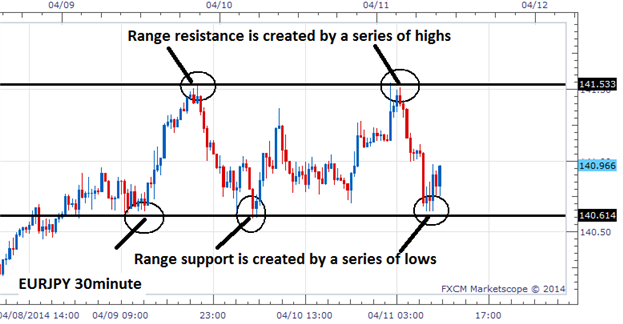
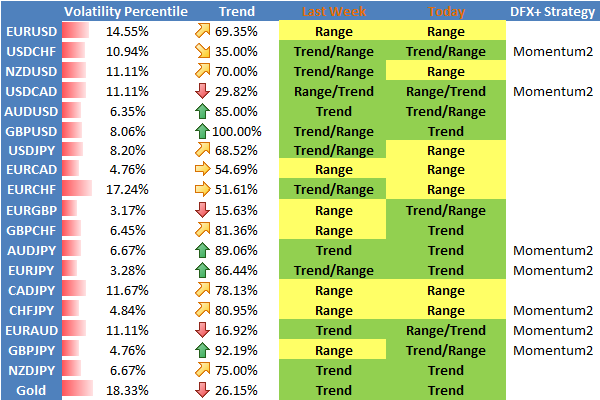

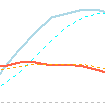


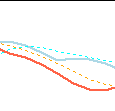

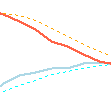


Bookmarks